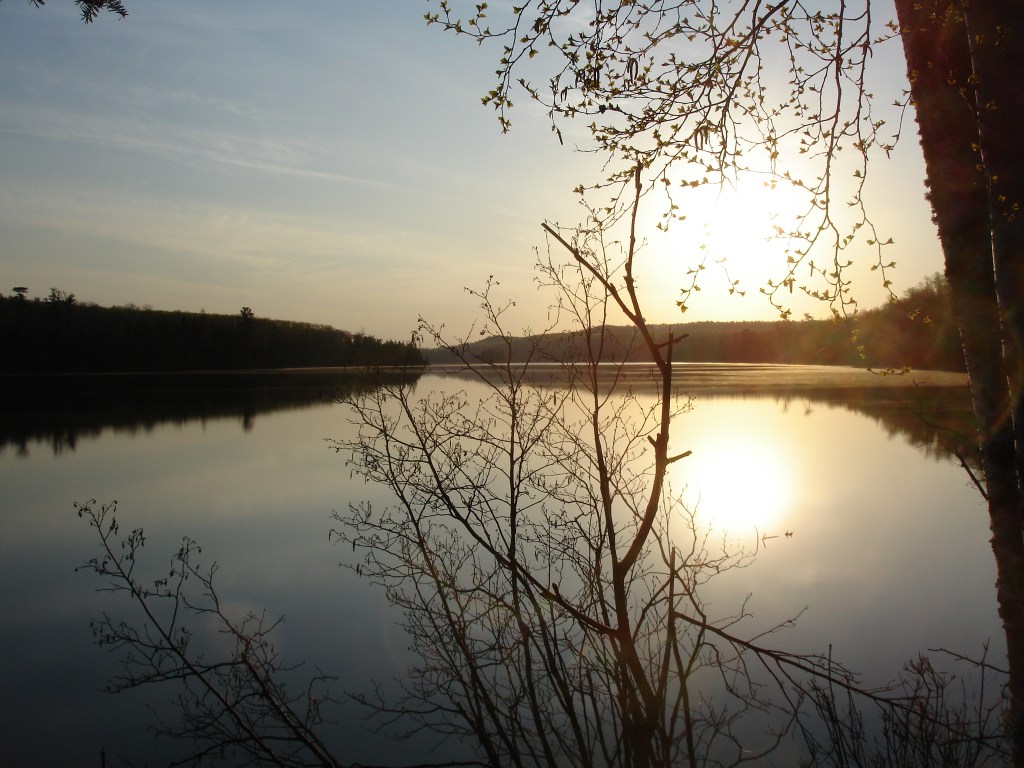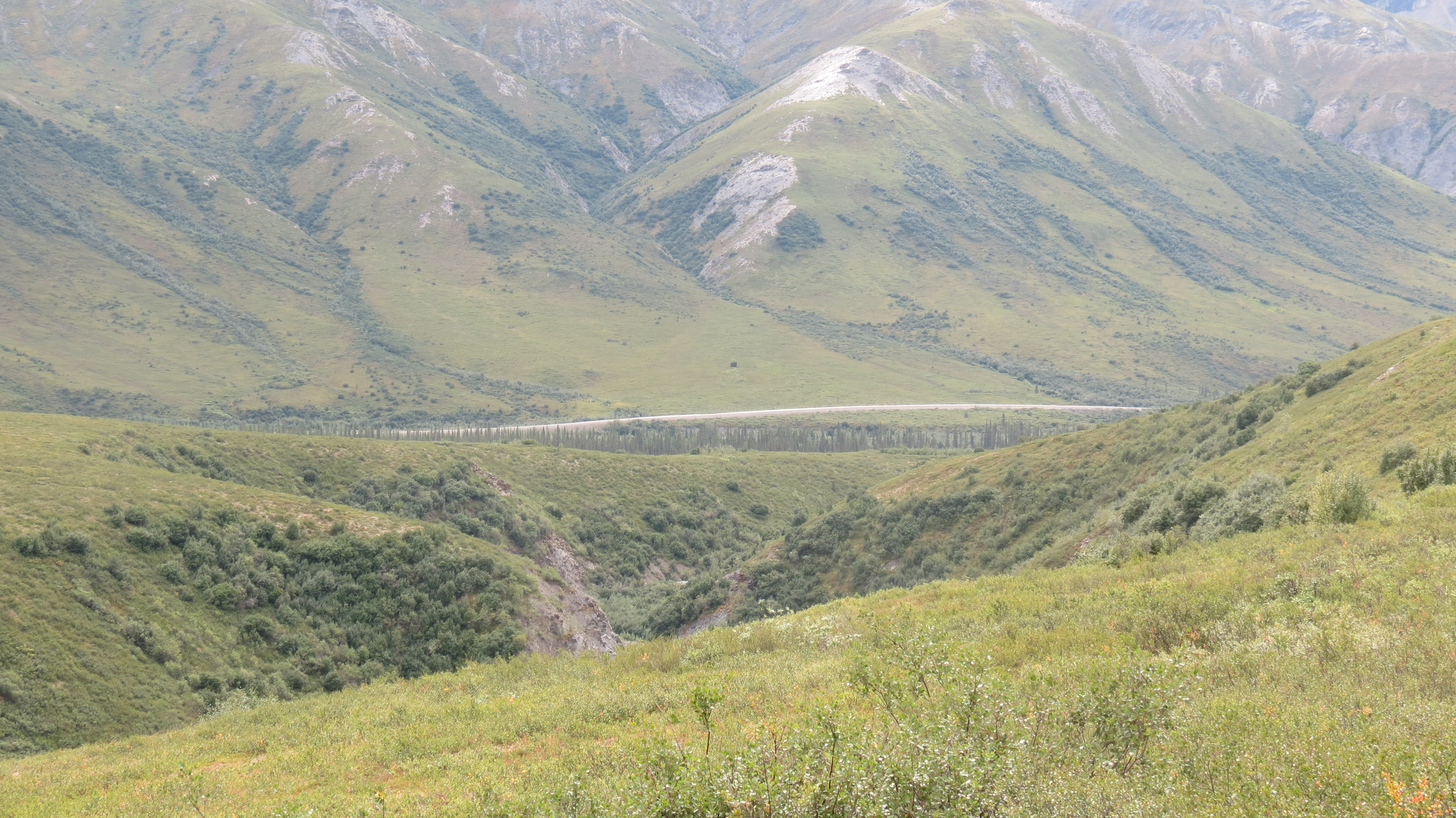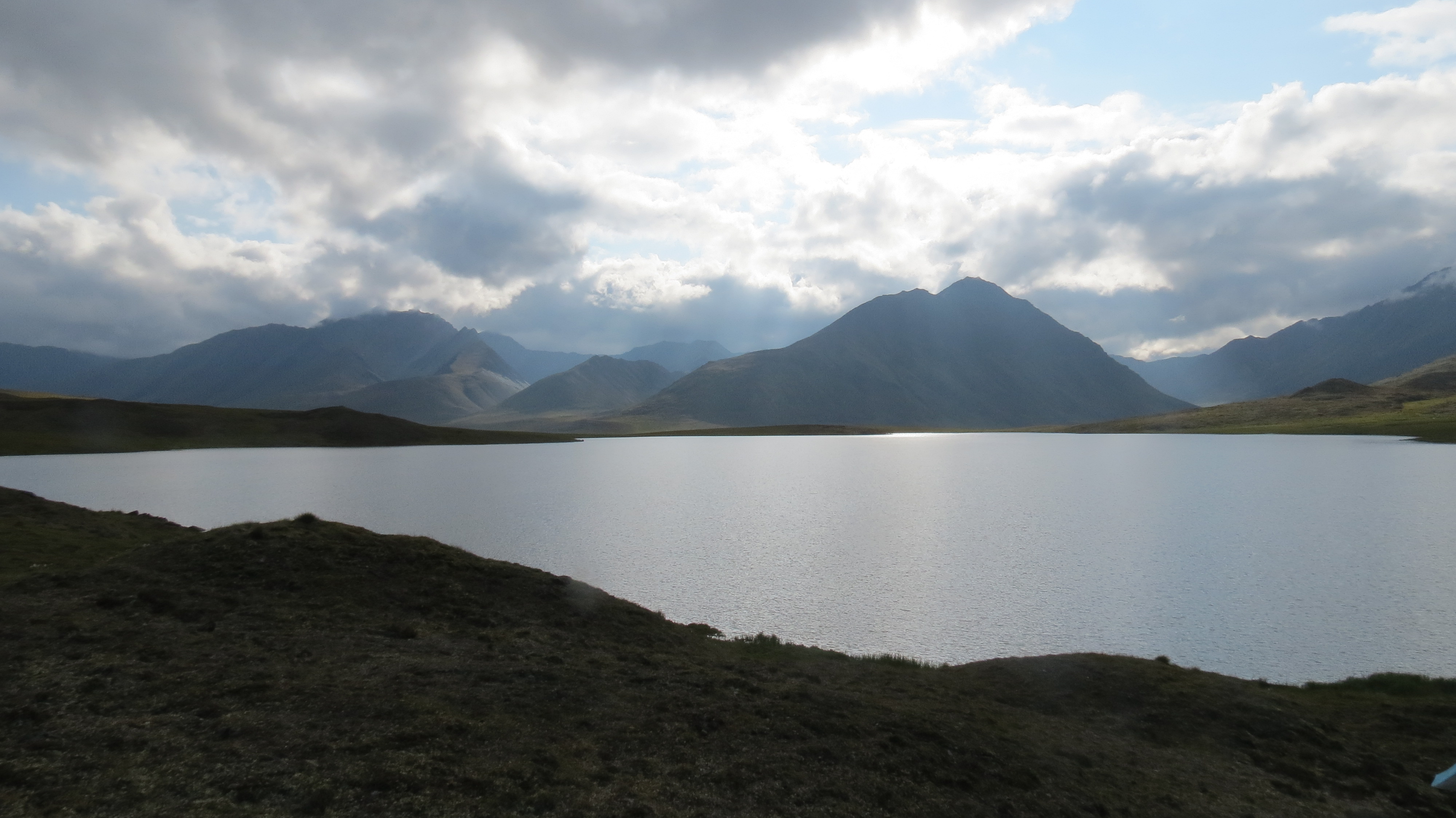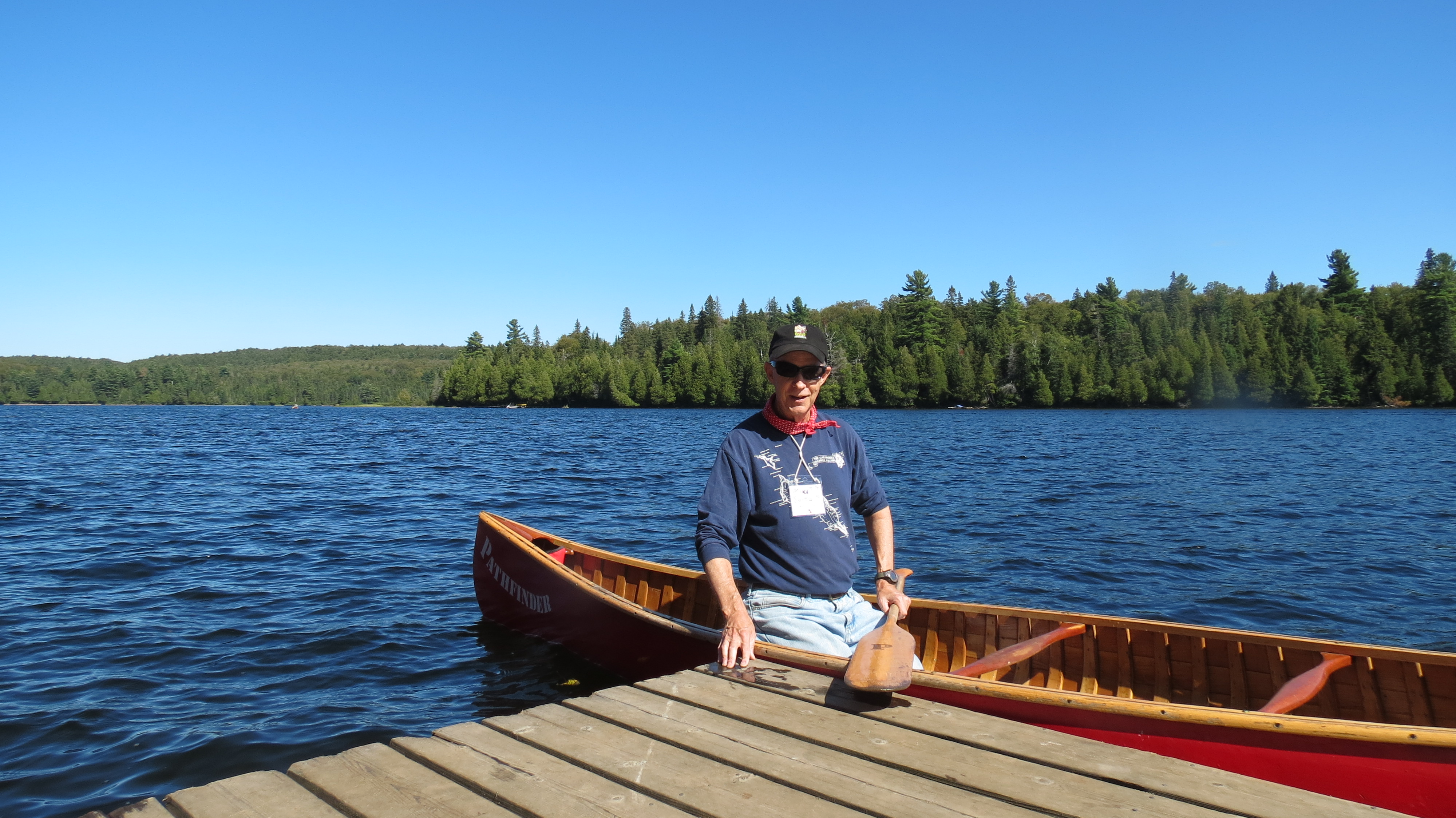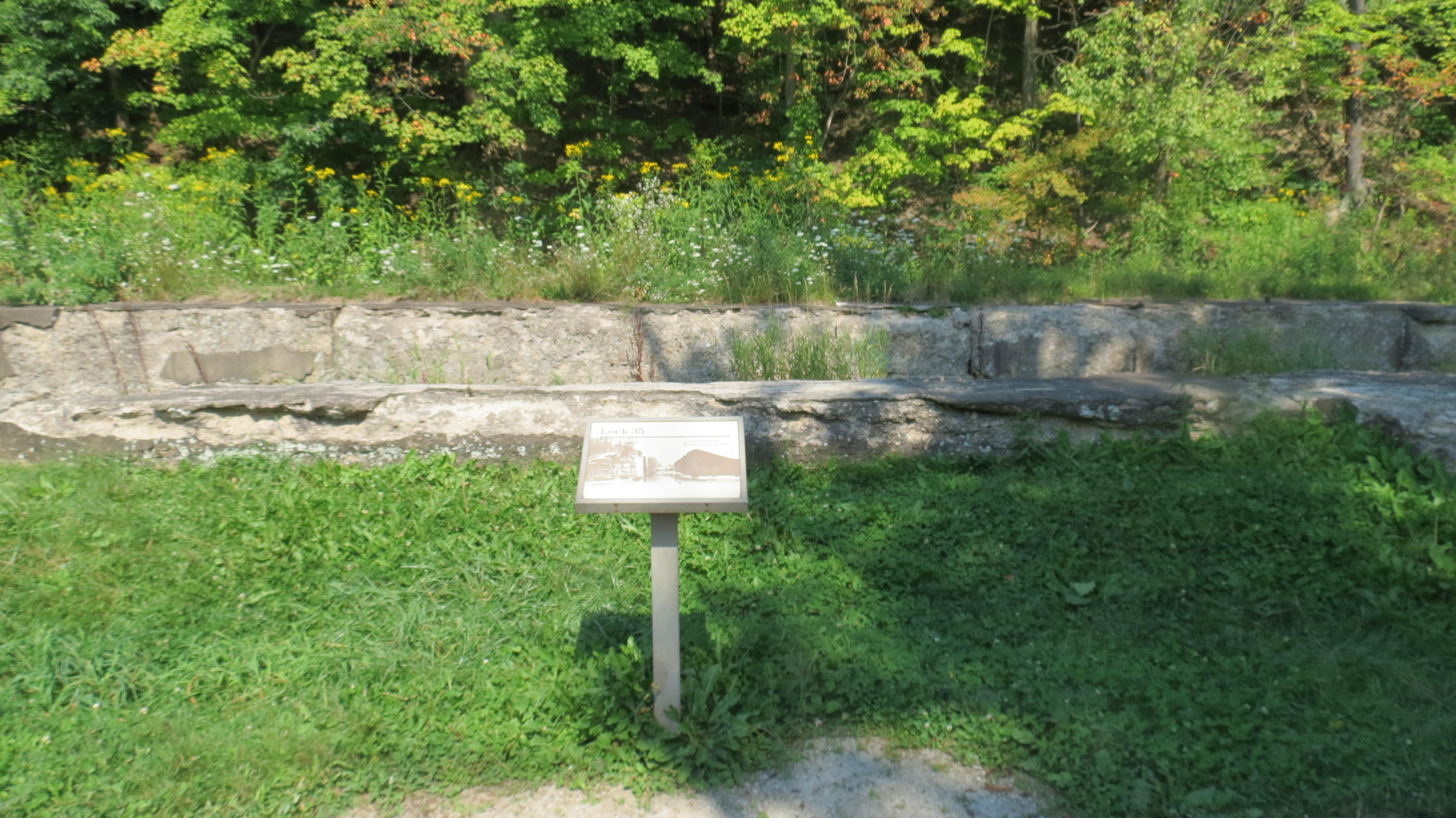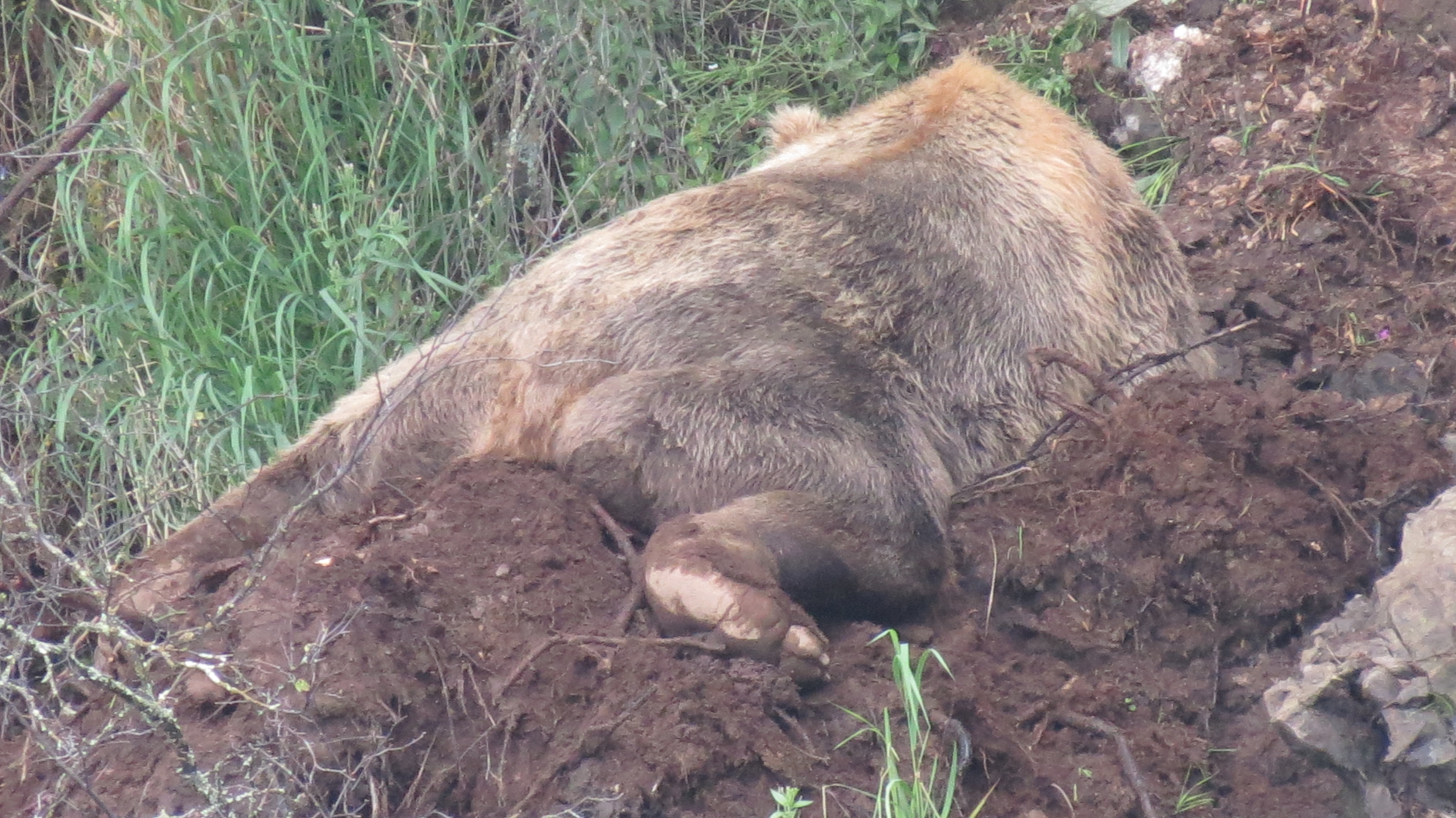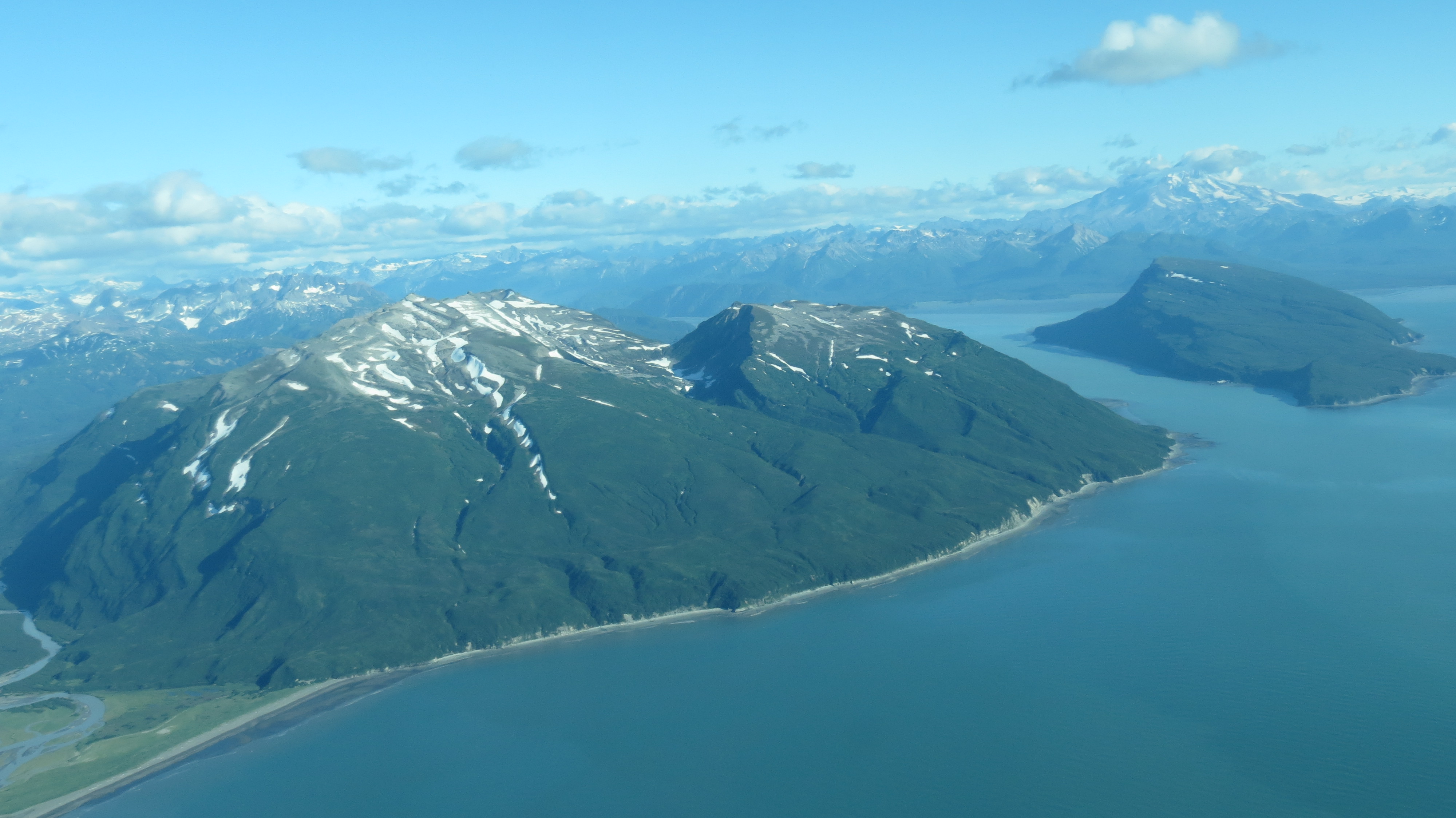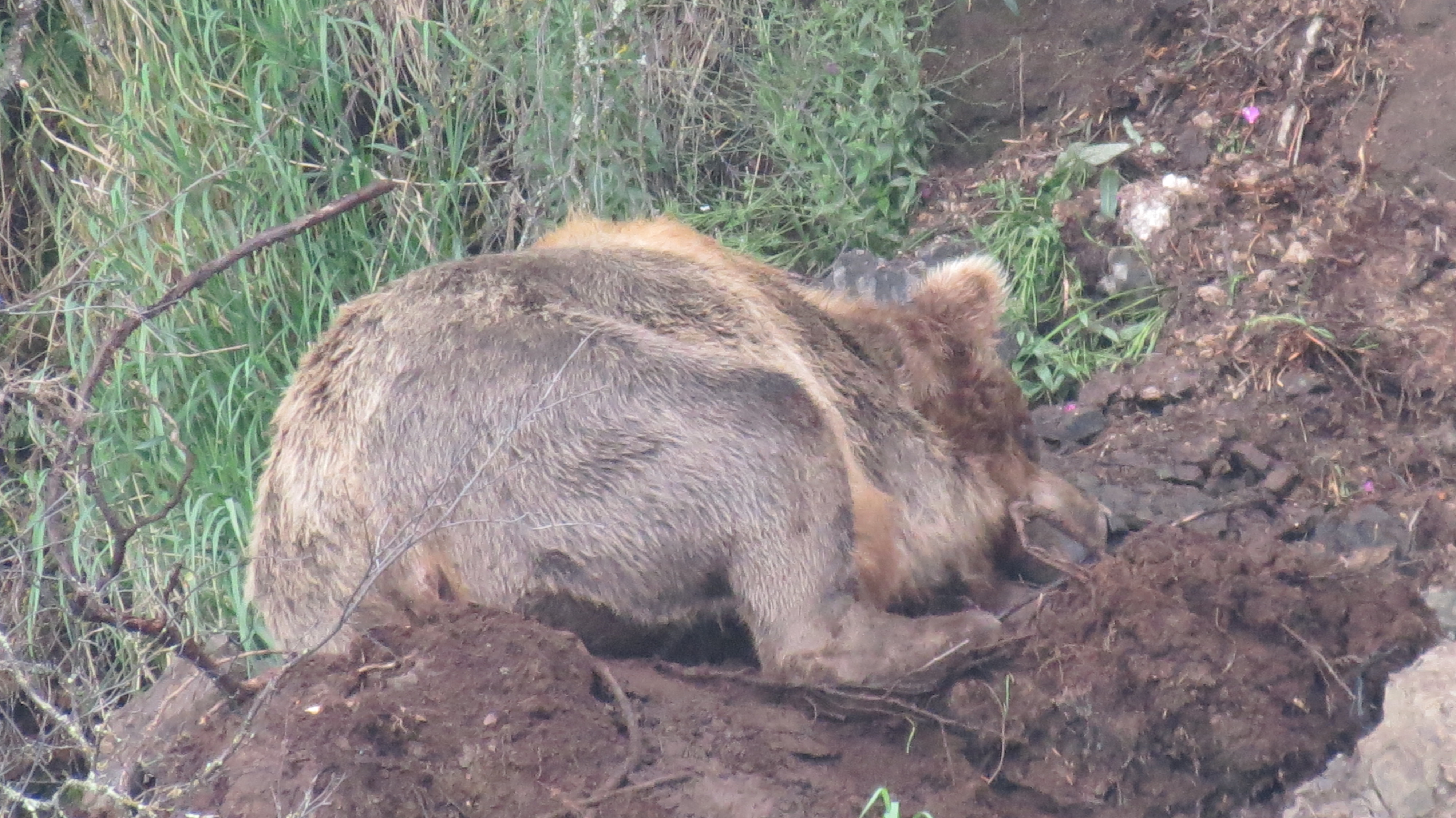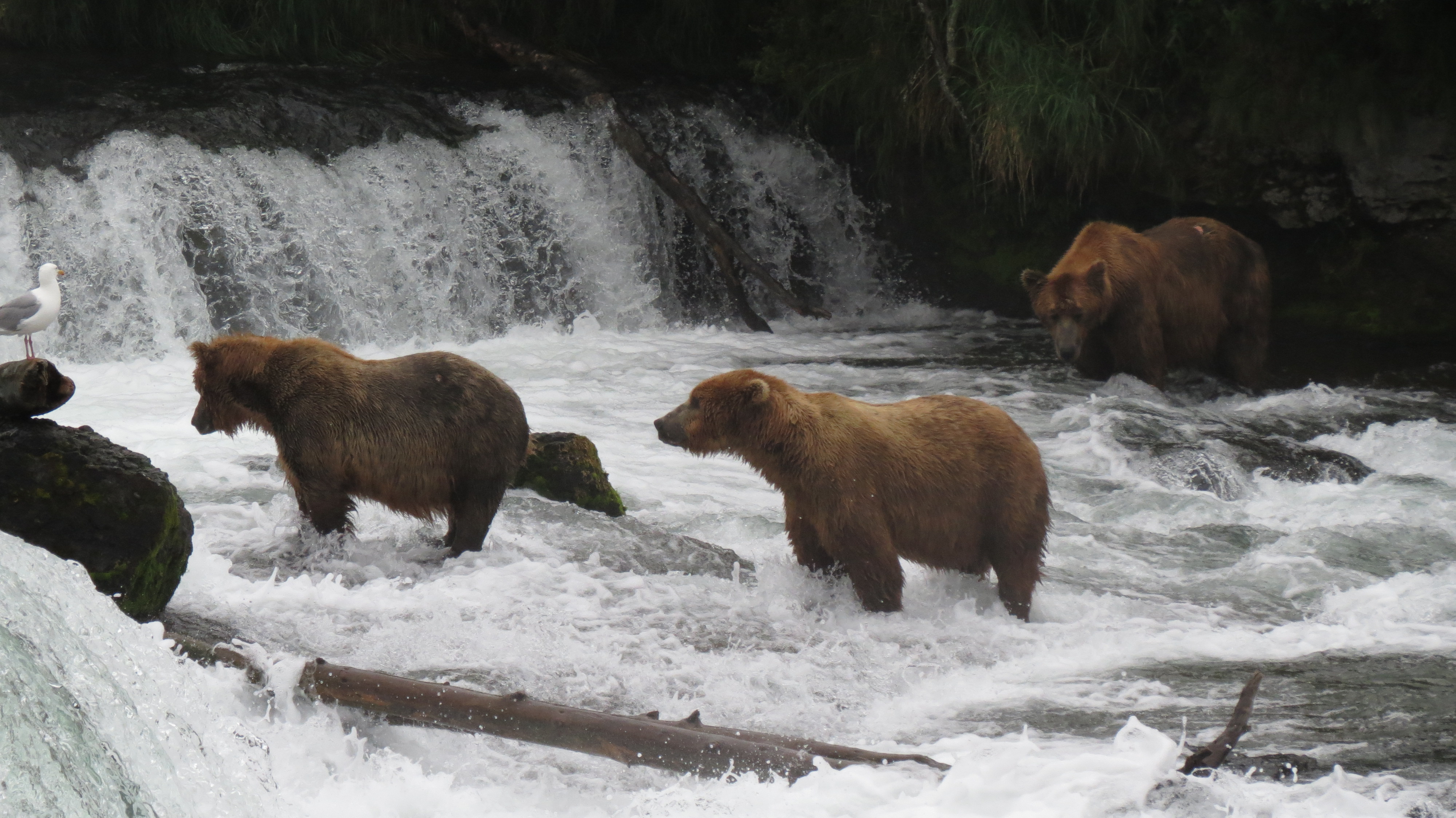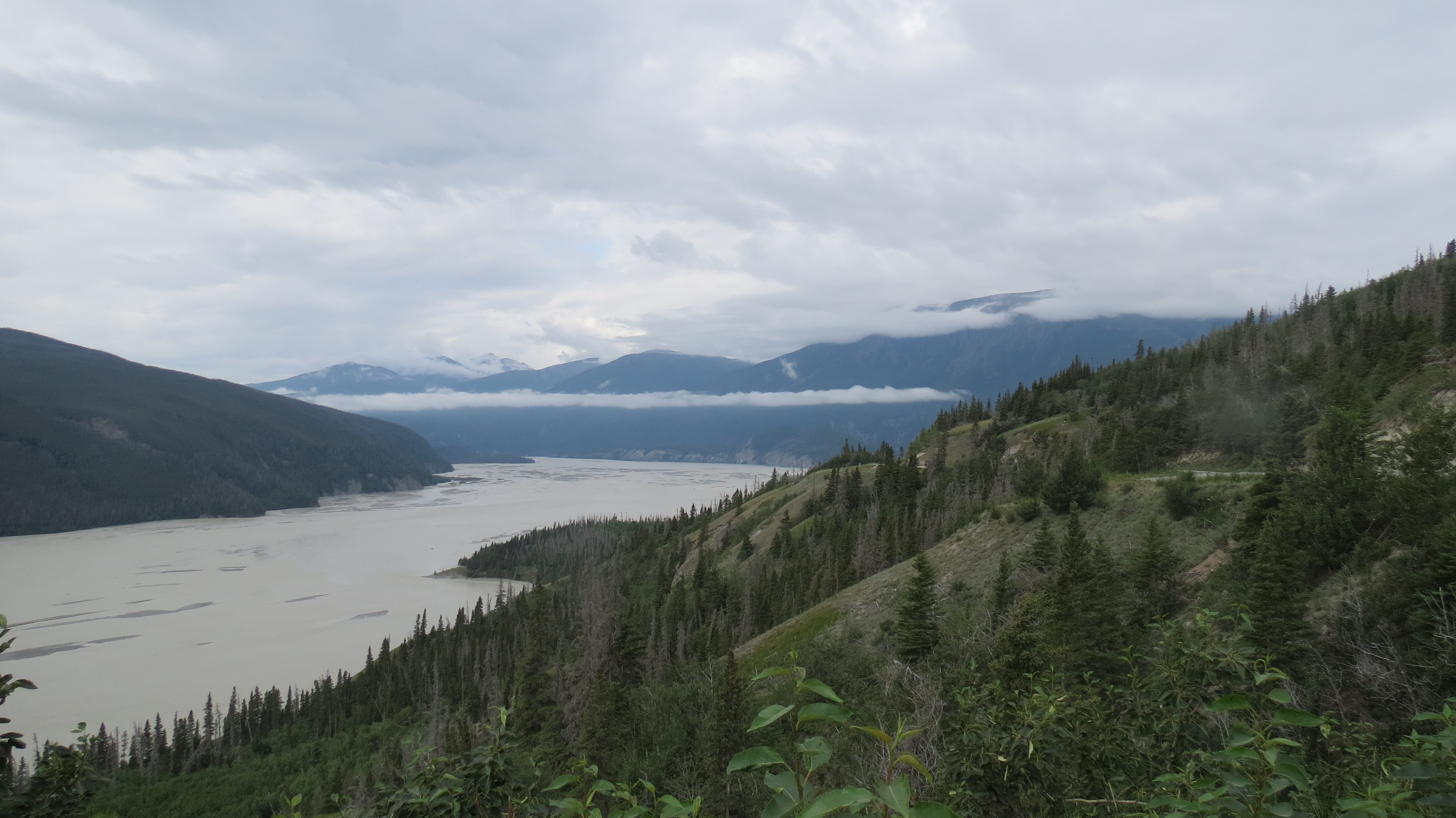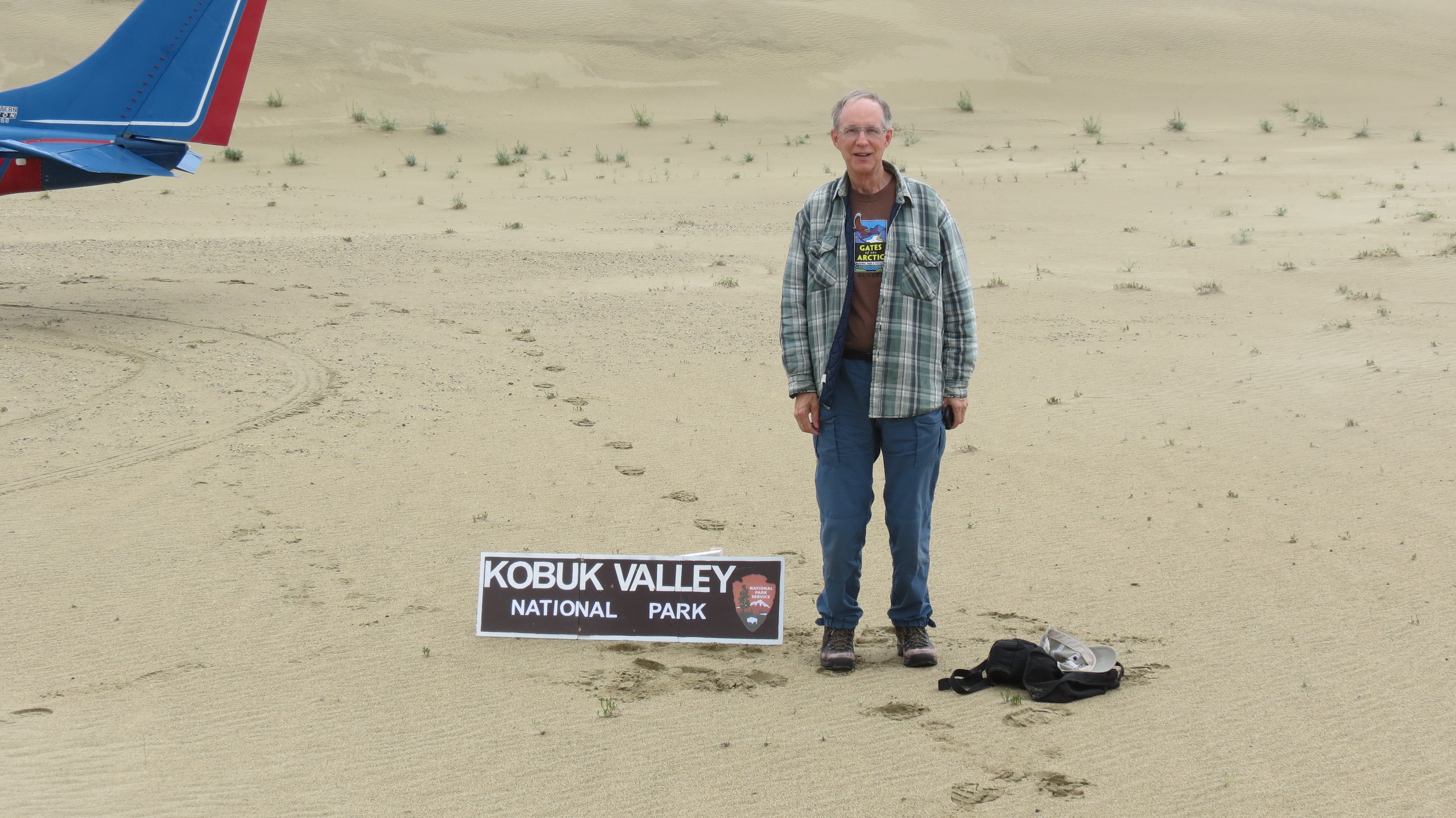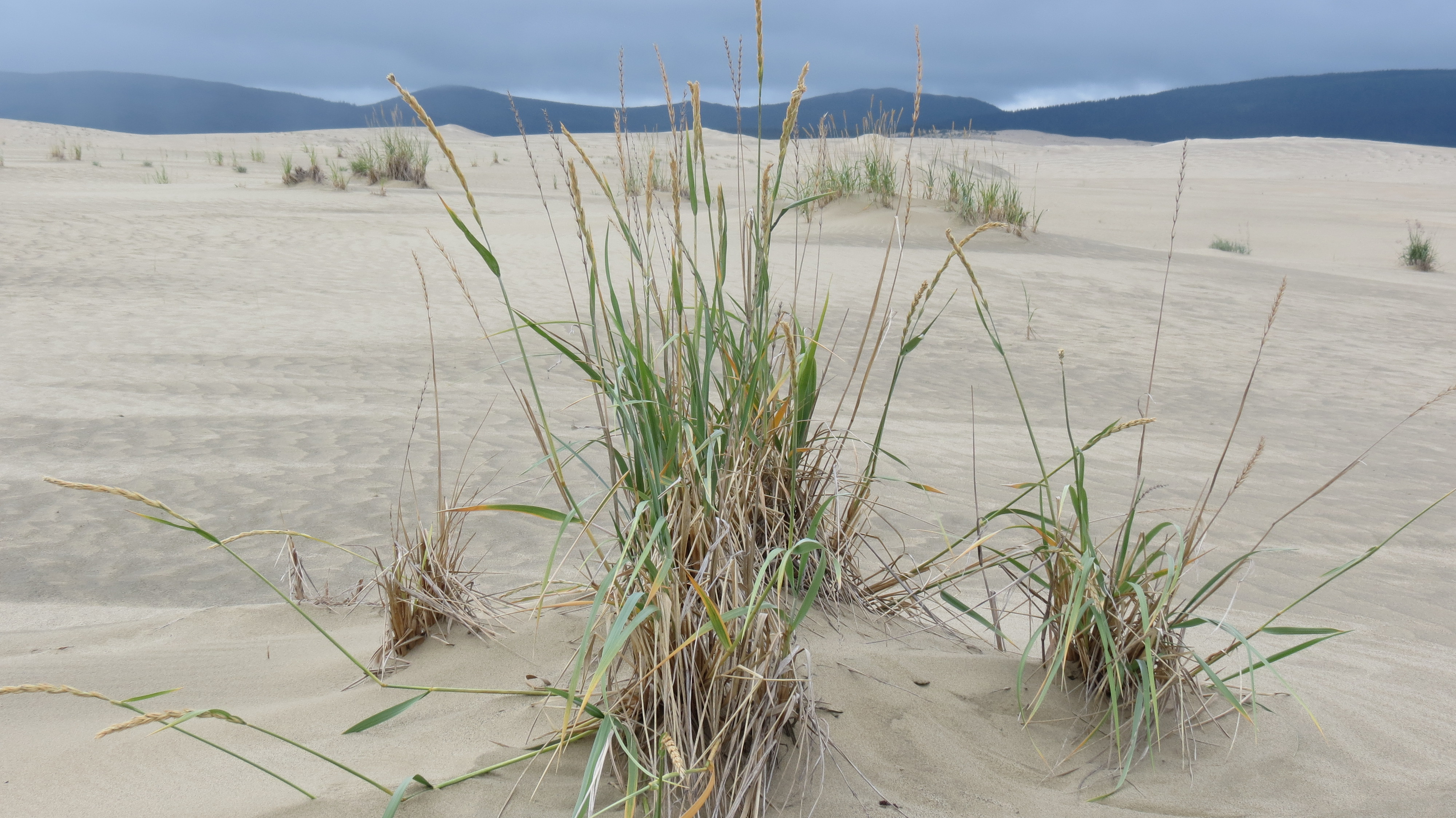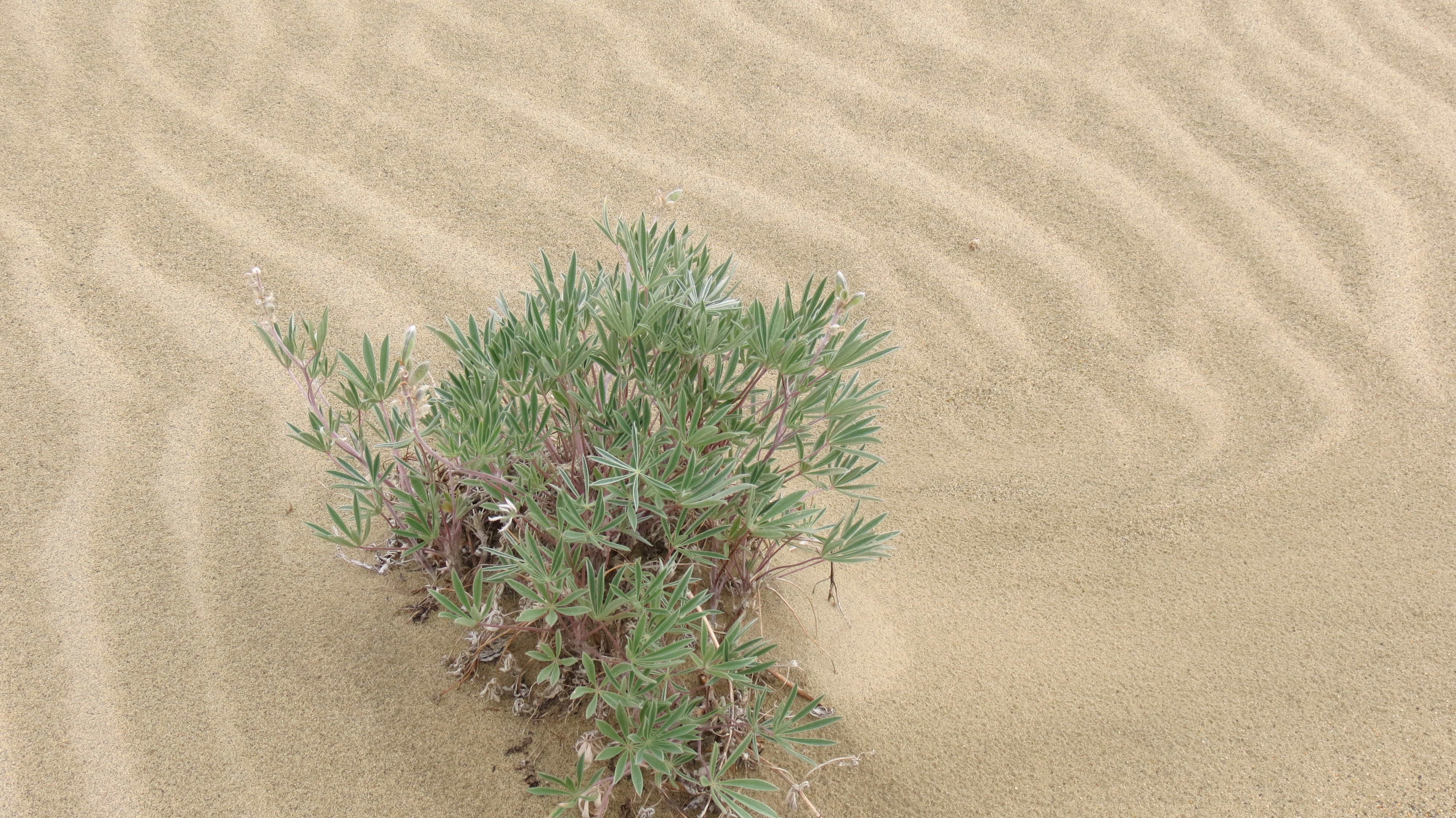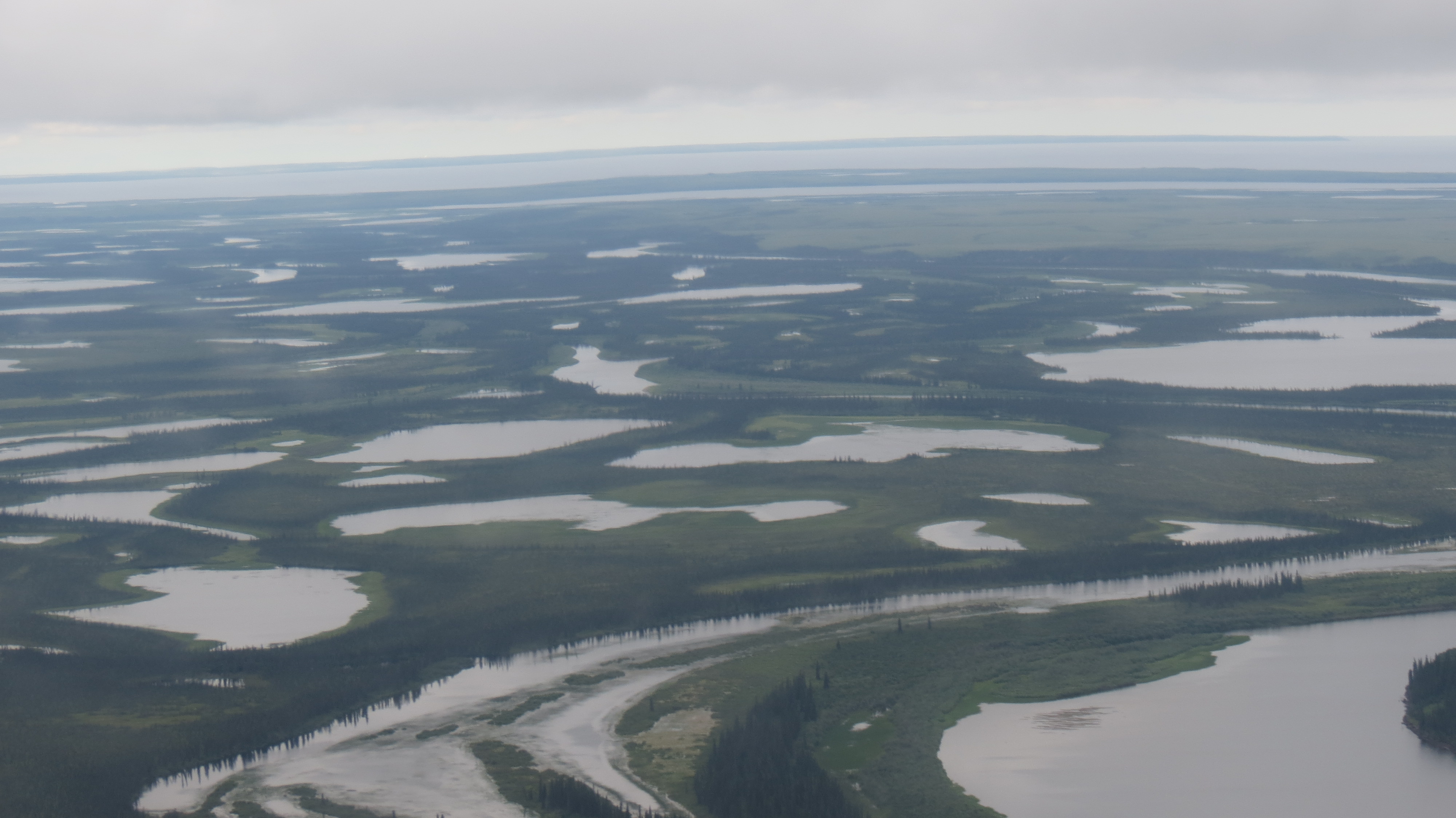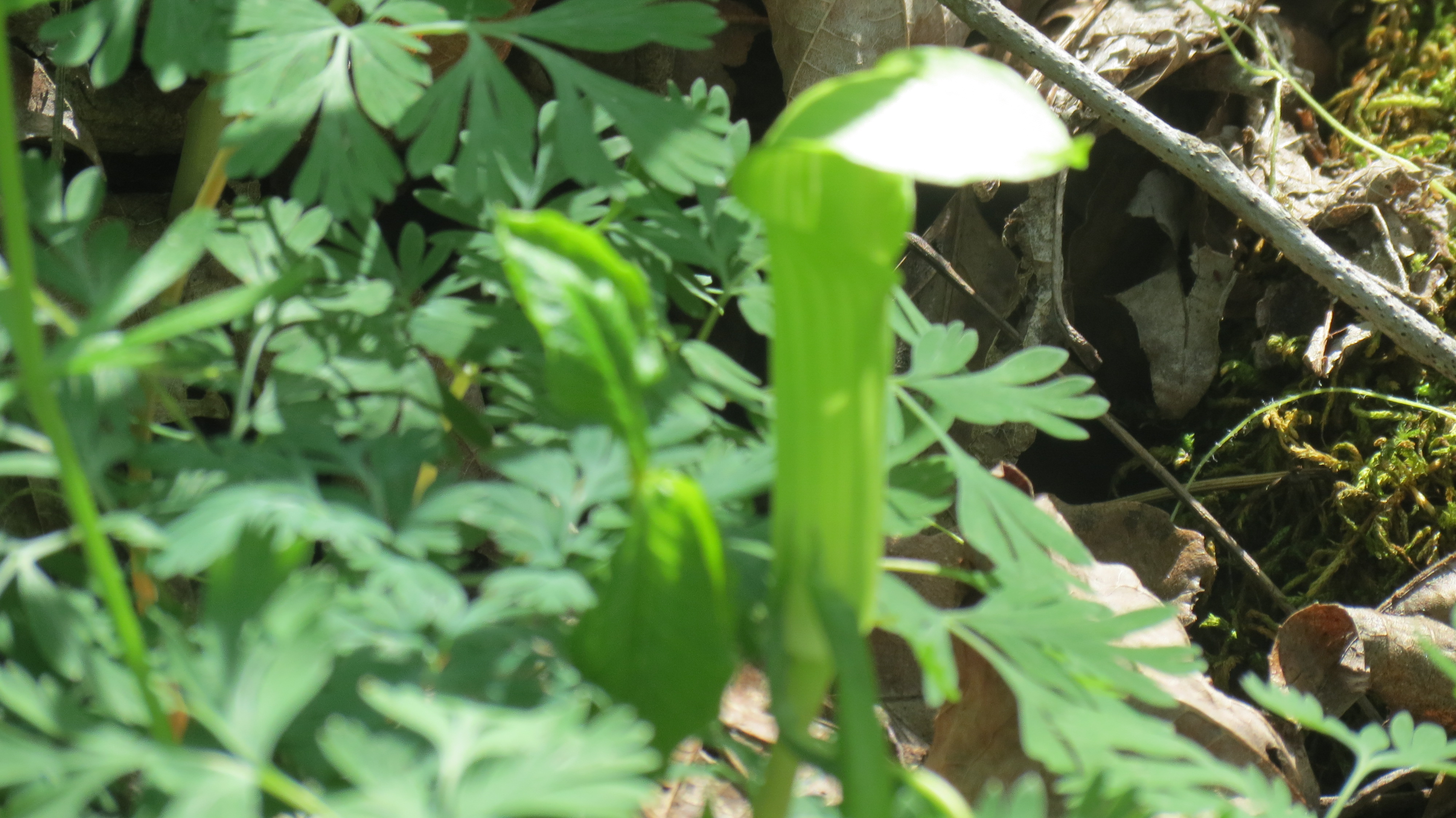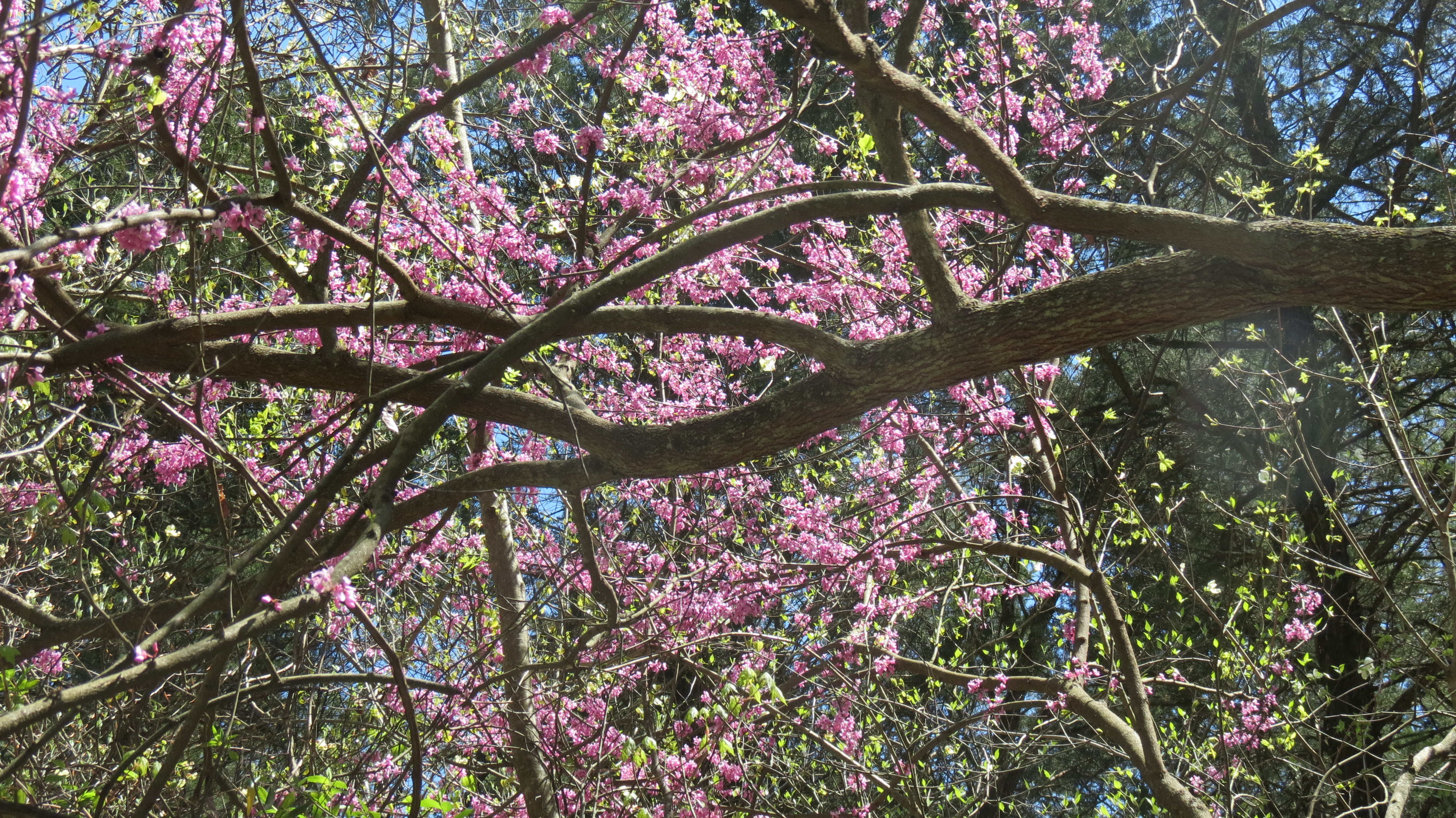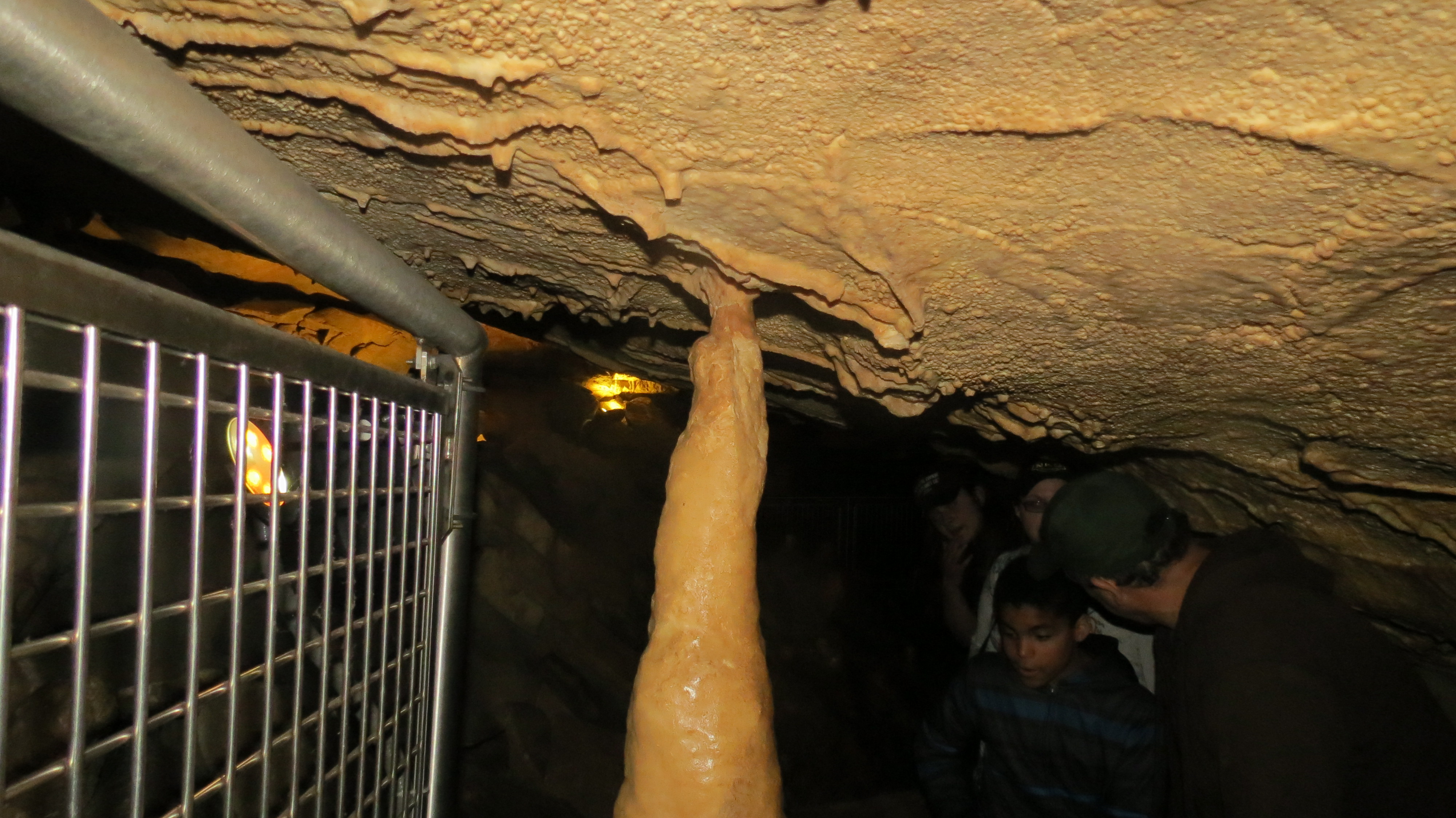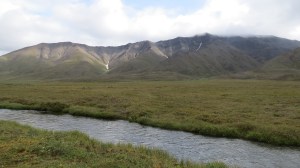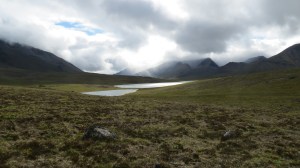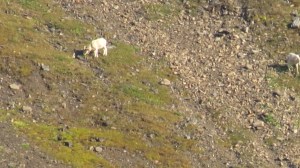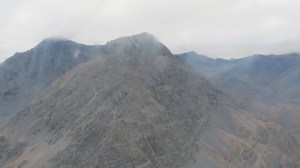11 p.m. somewhere on the southwest part of Isle Royale, the national park island out on Lake Superior. I am with the first group of backpackers for the season, and 12 of us are scattered over 207 square miles of roadless wilderness.
It’s cloudy and dark, but the rain has stopped, and there is no wind at the surface in the forest. I hope my mag lite will keep working. I have seven miles in front of me to reach Windigo, where I can camp, unless my light quits and I have to make camp on the trail. Pitching the tent in the dark will be a joy. Won’t be the first time I’ve done that; a late start on the AT in Carolina and I camped right on the trail in the rain. I’ve heard that moose bed down near the trail, so I’m bit concerned about that, but mostly I have other thoughts on my mind.
The thoughts are about what started 4 hours ago. I had hiked 10 miles to the campsite on Feldtmann Lake on the remote corner of the island, my last night. After dinner, I hiked over to the lake shore, encountering a young bull moose maybe 10 feet away, far too close. I backed off and returned to the campsite, not going to bed, but lying on my sleeping bag, just relaxing. It had been a long day, and my back bothered me, because a strap broke on my new pack, and it wasn’t carrying properly.
I heard some thumping outside the tent, where I was supine, shoes off, almost dozing. One more thump, I told myself, and I’m going out there.
Thump. I put on my shoes, opened the tent and looked in front of me. Nothing. I turned around, and 12 feet away, separated by only air, was a fully grown wolf.
“Oh. My. God. “ I said. What I was seeing had been for decades at the top of The List of things I wanted to see. But like this? The wolf and I stared at each other, and he slowly circled the campsite for the next 5 minutes, looking up at my hung pack. That was the thump I heard. He was jumping at it. Then, one second he was there, the next, gone.
At the time, I intellectually knew there was no documented case of a healthy adult wolf attacking a person. That’s fine to know, but it means little when one is ten trail miles from the nearest person, it is about to get dark, where there was no reception even if one had a telephone, which I did not back then. No way I was staying there and—yes, admit it, getting eaten—so I packed up everything, and shortly before sunset through an overcast sky, was on the trail out of there at 8:45.
I thought it might be light enough in the woods, because it was May, and it stays light longer, but not in the middle of the forest on a cloudy night. The trail was easy to follow, and I only had to worry about moose that might bed down near it. I made decent time, despite my having already hiked ten miles and doing another ten. I was still excited about having seen a wolf in the wild, a long viewing far beyond my expectations, but a bit scary, too.
I approached a large jackstraw of logs in the middle of the trail and started to pick my way around them. The group was large, and I kept going around until I finally found the trail and started hiking normally again. A few minutes later, something didn’t feel right. I’m analytical to say the least, and while I don’t pooh-pooh gut feelings, I like to have hard evidence. Then again, this evening, I went with my gut feelings and got out of that campsite. What I was feeling now was every bit as disquieting.
Am I going back the way I came?
I generally have good trail sense, but I have gotten turned around before, remembering the afternoon in Carolina on the AT in ’99, when after resting, I started hiking again and after fifteen minutes encountered a road. There wasn’t supposed to be a road, I thought, about the same time I recognized a large rock near where I had encountered a snake an hour earlier. I had turned around and walked back the way I had come. I was so freaked out by my mistake, I ran probably a half mile back, continuing another couple of miles before making camp for the night. Yes, I can get turned around.
I was so seriously enough concerned about my situation that I took off the pack and opened the pocket where I kept the compass, something that I have almost never used on the trail. I always put the compass in, but I never really think I will need it. I needed it now in a big way, or I was going to be sleeping on the trail right where I was. I took the compass out, didn’t worry about the declination correction, which wasn’t much anyway on Isle Royale, held the dial away from me. I was on a long straight stretch of the trail leading now to Windigo, and I asked it one question: am I facing SW or NE? The mag lite was in one hand, the compass in the other.
I can still see “SW” on the dial. I had turned around.
I put the compass away, told myself I was stupid, but at least no longer lost, turned back around, and started hiking again. Sure enough, in about 10 minutes, I again reached the jackstraw, this time walking around and looking more carefully for the trail, which was there sure enough, heading NE. I eventually reached Windigo at 1:30 am and pitched the tent well enough to fall asleep on the lawn at the Ranger station.
The next morning, I saw that I was about 50 feet from several 3-sided shelters, all of which were empty.
Pictures from Isle Royale (2006):



